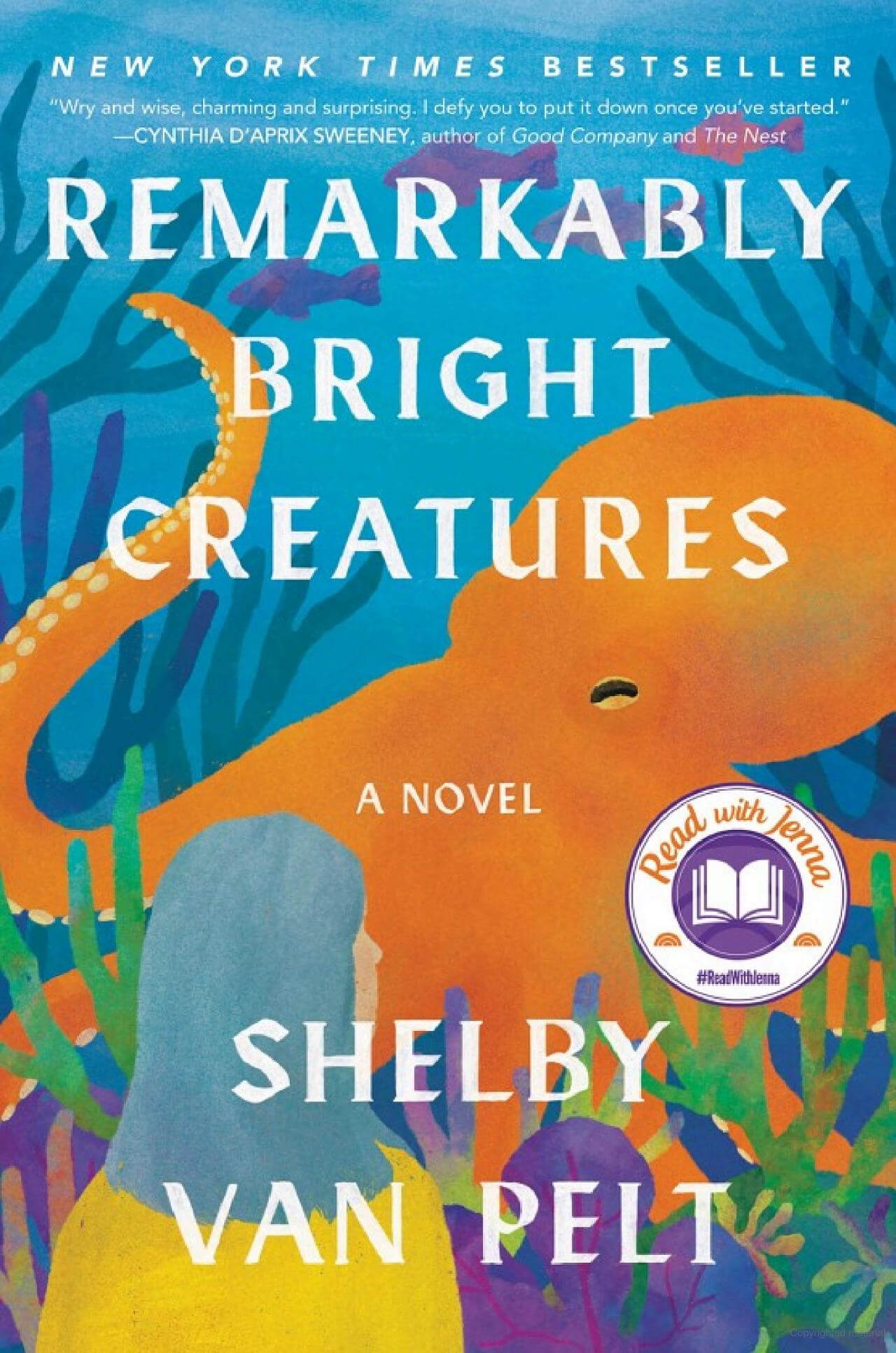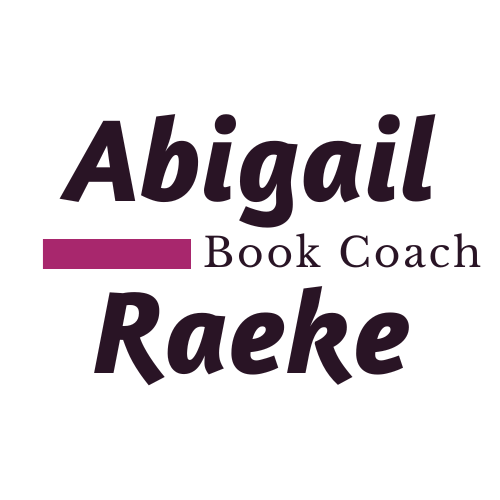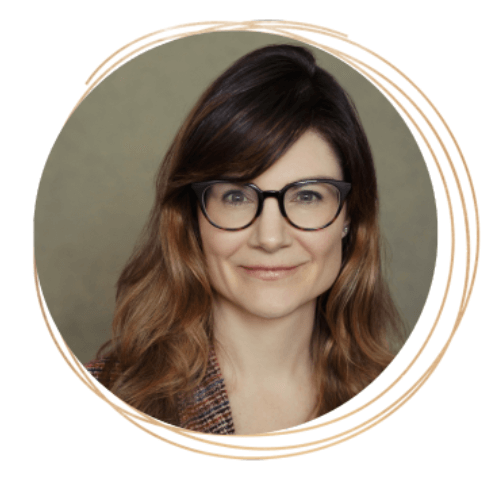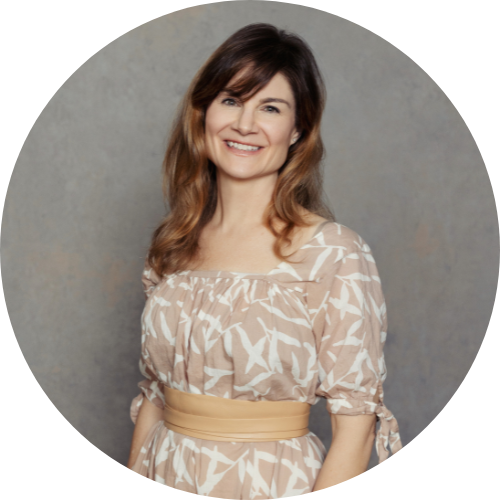Fully dimensional characters have history! They have a unique perspective on the world that they developed from past experiences.
Few modern stories begin with a character’s birth—Barbara Kingsolver’s Demon Copperhead a recent notable exception. Of course, Kingsolver had clear thematic and structural reasons why to begin at birth, but that’s a post for another time :)
The vast majority of books follow Matt Bird’s advice: Your story isn’t about your character’s life, it’s about their problem.
Plot and story drive focus on a present problem. The point of view (POV) character makes sense of present story circumstances (their developing problem) based on their unique history of past events.
Compelling story characters make things worse for themselves based on a false or self-protective belief they’ve developed because of past events—often referred to as the “lie,” stemming from the “wound.”
Modern books tend not to start with the development of the character’s wound(s) and subsequent lie, but with the effect the lie has on the character as the story opens.
As the story progresses, backstory that pertains to a character's lie develops.
The question of how to incorporate past events into a present timeline is a question that confounds most writers—at first.
In this post, I’ll discuss some techniques for incorporating backstory into your narrative, with an example from the novel Remarkably Bright Creatures by Shelby Van Pelt. Published 2022 by Ecco (Harper Collins).

First, some definitions. The terms Flashback and Backstory are often used interchangeably, but understanding the form and function of backstory marks a major step forward in understanding craft:
Flashback – a full-fledged scene from a past timeline.
Flashback uses direct, quoted dialogue, and gives the impression of events unfolding in real time.
Flashback scenes are often formatted with a line break or other (***) page break indicators, to make the transition back to an earlier timeline clear to the reader. Look for techniques to help your reader stay clear about where they are in story time and space.
Flashbacks can be an effective technique when developing plot and character arc on a separate timeline.
Backstory – past events summarized and woven into present scene.
Unless you have a good reason to use flashbacks in your writing (i.e. considerable chunks of story that need to be told on a separate timeline) backstory is probably a better option for incorporating past events into your story.
I consider backstory an extension of Interiority* because a POV character’s past experiences create the thought-patterning and emotional makeup that guide their present scene reactions.
* POV character’s thought-process, imagination, memory, judgments, reasoning, and decision-making.
Backstory is an extension of the point of view character’s memory— the point of view character is remembering a past event, or series of events.
Yet an artful transition to backstory doesn’t always necessitate the verb ‘remember.’
Below is the example from Remarkably Bright Creatures. This passage takes place about 15% into the story. The setting is a Grocery Store that ETHAN owns. TOVA is the POV character.
The first part of this excerpt develops Tova’s interiority, which I’ve italicized to differentiate from the exterior (what’s happening) in the scene.
Ethan clears his throat. “Tova, I’m sorry to hear about your brother’s passing.”
Tova lowers her head but says nothing.
He continues, “You need anything at all, just say the word.”
She meets his eyes.
She’s known Ethan for years, and the man doesn’t go out of his way to avoid scuttlebutt. Tova has never met a sixty-something-year-old man who so enjoys gossip. So he’s surely aware of the estrangement between her and her brother. Tone measured, she says, “Lars and I weren’t close.”
The italicized interiority gives context to this present moment interaction, expanding into what Tova knows and believes. It’s salty because it’s got a distinct, characterizing point of view—Tova’s.
This continued excerpt expands into backstory, i.e. past events. Backstory is italicized here, and (…) indicate sections I’ve edited down for brevity:
Ethan clears his throat. “Tova, I’m sorry to hear about your brother’s passing.”
Tova lowers her head but says nothing.
He continues, “You need anything at all, just say the word.”
She meets his eyes.
She’s known Ethan for years, and the man doesn’t go out of his way to avoid scuttlebutt. Tova has never met a sixty-something-year-old man who so enjoys gossip. So he’s surely aware of the estrangement between her and her brother. Tone measured, she says, “Lars and I weren’t close.”
Had she and Lars ever been close? Tova is certain they were, once. As children, certainly. As young adults, mostly. Lars stood alongside Will, both in gray suits, at Tova and Will’s wedding. At the reception, Lars gave a lovely speech that made everyone’s eyes mist over, even their stoic father’s.
For years afterward, Tova and Will spent every New Year’s Eve at Lars’ house in Ballard, eating rice pudding and clinking flutes at midnight while little Eric slept under a crocheted blanket on the davenport.
But things started to change after Eric died … it happened gradually—no blowout argument, no fist-shaking or hollering.
One New Year’s Eve, Lars phoned Tova and informed her that he and Denise had other plans. Denise, his wife, for a time anyway …
After that fizzled New Year’s, there was a skipped Easter luncheon, a canceled birthday party, a Christmas gathering that never made it past the “we should get together” stage of planning.
The years stretched into decades, turning siblings to strangers.
Ethan fiddles with the small silver key dangling from the drawer of the cash register. His voice is soft when he says, “Still. Family is family.”
This is a long stretch of backstory, more than I generally advise! But note how clearly we understand the present scene events that sent Tova’s reasoning and memory in this direction, and the clear “anchor point” (fiddling with the small silver key) back into present scene.
Here’s a brief roundup of why this backstory works, so you can incorporate these points into writing your own backstory:
Artful transition
Uses a rhetorical question, directly linked to current scene events.
Specific details
Rice pudding and clinking flutes, a crocheted blanket on the davenport.
For events that don’t merit a full-fledged scene, specific, unique, tangible details can do an incredible amount of work evoking a place and time.
Clear, chronological unfolding
The order of events is clear, even in past snippets.
Makes a point
Events don’t jump around simply to fill in details about Tova’s life; this series of past events builds to a clear conclusion that makes a point about her attitude in the present scene.
Clear transition back into present scene
Ethan’s physical action and dialogue provide an anchor back into present scene.
The final consideration is scene circumstances—this is a familiar, quiet, although emotionally charged moment between two old friends—a moment Tova would realistically be prone to rumination.
You'll often find backstory and/or reflection when characters are riding on subways, boats, planes, or in cars—a powerful device to go deeper into character while still giving the sense of the character moving forward to their next destination, progressing the story.
You wouldn’t want to break up an active scene with long stretches of backstory, when a character would be more logically focused on present scene events. This is why horror/thriller/action genres use far less backstory than Book Club/Commercial, Upmarket, Literary, and Memoir genres.
My final bit of advice on backstory: hold off for longer than might feel comfortable.
Writers often believe that readers need to understand a character’s backstory within the first chapter or two—long before readers actually need the backstory. It’s far more satisfying to learn about a character’s backstory after we’ve spent some time with them, experiencing how the lie manifests.
Weaving backstory into your scenes is an art, so once you get a handle on the tools, experiment and play!




0 Comments